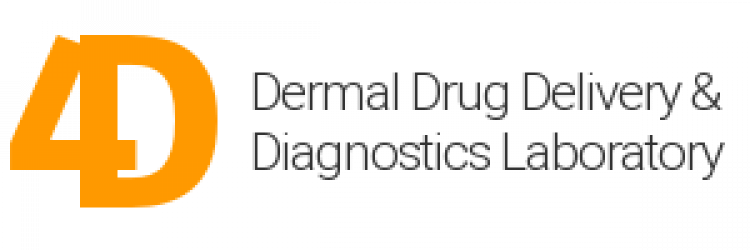I know, I don’t update this blog enough. When I do, I have too much to talk about. So, instead of a series of full-blown news articles, I’ll provide a summary of updates since my last post, with links to relevant twitter posts where available.
ULTRA technology
I have previously mentioned that we were developing a novel extended-release drug delivery platform (read it here , here and here). We call it Ultra-Long and Tunable Release of Actives (ULTRA). The patent for this technology was filed in October 2022. Meanwhile, development on the technology continues. Earlier this year, we had secured further funding from the Northern Accelerator to accelerate this effort. We are now seeking industrial partners to translate the technology to clinical applications. Interested parties please contact our Business Development Manager, Dr Tim Blackburn.
Litricity collaboration
We collaborate with Litricity, a German company specialising in liquid battery technology, in developing our microneedle biosensors. We were awarded a Wellcome Trust Translational Partnership grant to visit Litricity in Rosenheim, Germany, to perform some laboratory work. Rach and I flew out earlier this month to do just that. It’s been a really fruitful collaboration even at this early stage. We are really grateful to the Wellcome Trust and Litricity for their support.
3D-printed microneedles
We started a collaboration with the Polytechnic University of Hong Kong (PolyU) to develop 3D-printed microneedle patches for drug delivery and diagnostic applications. In December, Howard Chu and Dr Hin-Chung Lau from PolyU visited our labs in Newcastle to learn about our microneedle technology and perform experiments on the 3D-printed microneedles. As part of this collaboration, two undergraduate MPharm students (Jasmine and Liv) researched 3D-printed microneedles for their final year research project, working closely with the PolyU team. The project has already produced some interesting results. We are looking forward to visiting PolyU in 2023 for the second phase of the project. I am particularly pleased that we have been able to enrich the research experience for our MPharm students by providing an international, multidisciplinary and collaborative environment in which to thrive.
Equipment capabilities
We have recently upgraded our texture analyser, which we rely on heavily to evaluate the mechanical properties of our microneedles. Prior to this upgrade, we already had the capability to record synchronous videos of the tests to help us pinpoint exactly when and how the microneedles reach the limit of their strength. The upgrade is a bespoke solution, designed by yours truly, that enables us to measure the strength of individual microneedles more reliably and more quickly. It uses 3D printing to create custom parts for the texture analyser to achieve this.
We have also recently acquired an optical coherence tomography (OCT) scanner, which can be used to rapidly assess gross internal structures in biological and non-biological samples. We will use this to analyse skin penetration of microneedles and other materials we use in our research.

Personnel changes
Daniel finished his MRes project and graduated with a distinction. Congratulations, Daniel!
Naeem has completed his experiments in our lab and returned to Pakistan to finalise the study.
It has been great working with both Daniel and Naeem. Both have now joined our list of distinguished alumni.
That’s it, folks!
We will be back in 2023. Have a lovely Christmas and happy new year!
